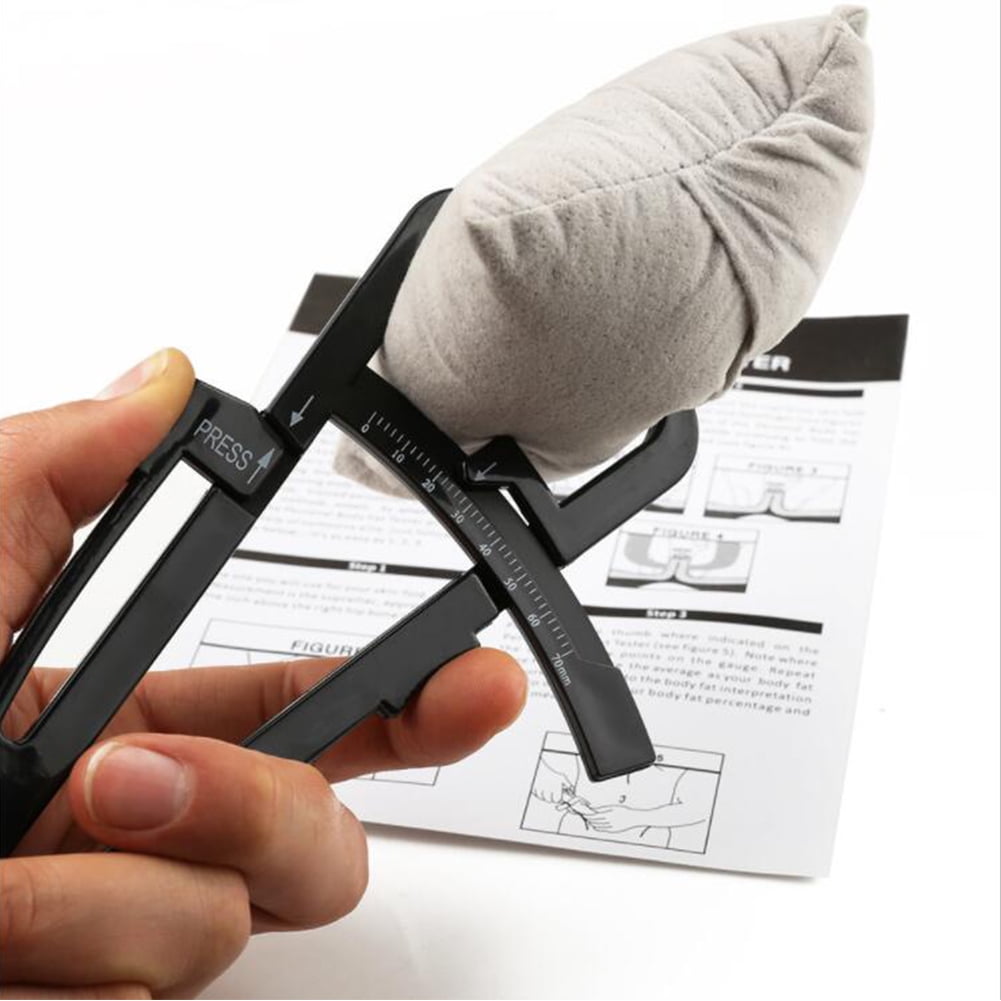
Like all two-compartment body composition methods, skinfold assessments are insensitive to variations in the density of fat-free mass. The byproduct of such speculation? Calipers tend to overestimate fat mass in very lean or muscular people and tend to underestimate body fat in overweight and obese individuals. As calipers only directly assess subcutaneous fat at a few sites, the location and magnitude about other regions’ subcutaneous fat volume and visceral fat volume (fat around the organs) are based on educated conjecture. This may be in part due to assumptions made about the nature and distribution of fat. In fact, even when performed perfectly, calipers can have error rates at the individual level as high as 10-15%. Thus, an equation derived using an error-prone method as a ‘ground truth’ will further compound that error. If you recall from the volumetric methods segment, dunk tanks can have individual error rates exceeding 5%. The most common equation, the Jackson-Pollock Equation (no relation to the painter!), was developed using hydrostatic weighing (dunk tank) as the ground truth. There are a number of different equations that have been derived to transform caliper measurements to body density. A skilled tester makes a world of difference! Even amongst the most practiced professionals, however, other factors such as sweat or body lotion may skew results.Īnother major source of error with this technique comes from the equations used to predict body density from the skinfold measurements. Tester error is, in fact, the largest source of variability in skinfold measurements.
#BODY FAT CALIPER SKIN#
Although the concept itself is rather simple, it takes a fair amount of experience and skill to separate skin and subcutaneous fat from the underlying muscle. More so than the other techniques we’ve discussed, this technique’s accuracy is highly dependent on the skill of the administrator. While the logic behind calipers seems relatively simple, and the equations are derived based on sound logic, like all the methods we’ve discussed, there are a number of possible sources of error. Then, in similar fashion to the volumetric methods, the formula-derived density is plugged into yet another formula along with total body mass (like the Siri Equation) to estimate body fat.

The thickness of the skinfolds at those pre-determined locations (usually 3-7 sites across the body) are combined and plugged into a formula along with age to determine body density. I don’t recommend you try to gauge your progress based on these pictures rather, use them to help guide you when to start and end cut, bulk, and recomp phases.Body fat measurement by way of skinfolds involves using a device, called a caliper, to pinch the skin and underlying fat tissue at a number of pre-determined body points and separate that skin and fat tissue from the muscle underneath. The guys are all flexing (tensing their muscles).

If you’re still unsure after looking at the images, consider using my US Navy Body-fat Percentage Estimation Calculator, which just requires your neck and stomach circumference measurements and height.ĥ. If you haven’t cut down to see your abs before and you are trying to estimate how much fat you have to lose, add 50%, and you’re probably closer to the truth.Ĥ. Most people underestimate their body-fat percentage. This may lead you to underestimate your body fat percentage.ģ.

You can’t expect to cut and reveal decent abs if you don’t have muscle mass. The guys below all have training experience. Bear in mind that the more muscle mass you have, the higher your body fat level you will have visible abs at. cut, it will help guide your decisions.Ģ. I have no way of knowing if the categorizations you will see below are correct, but if you pair this guide with the recommendations on when to bulk vs. I’ve always judged body-fat percentage by eye.


 0 kommentar(er)
0 kommentar(er)
